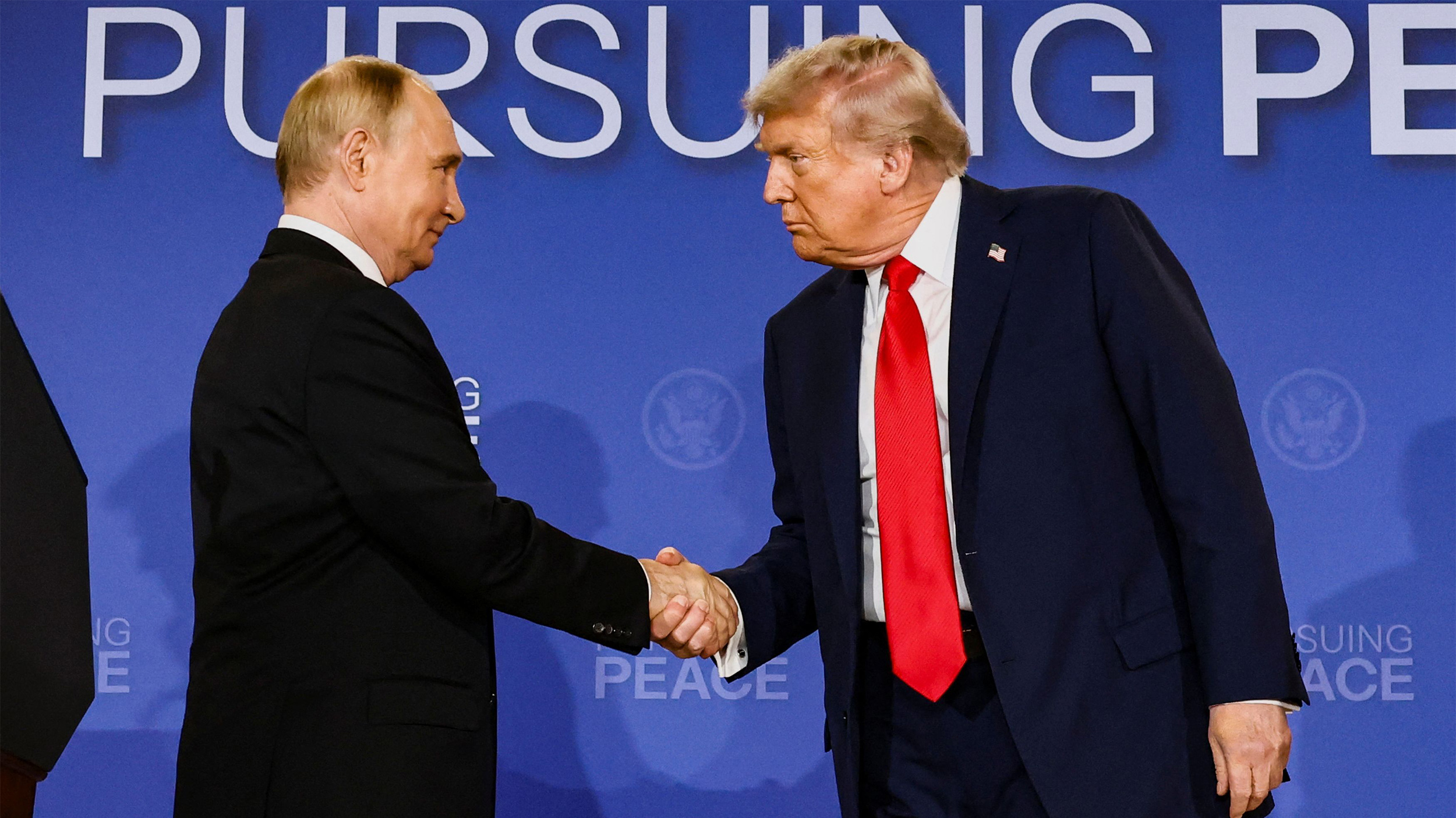
Despite the promises made by US President Donald Trump, his summit with Russian President Vladimir Putin on 15 August 2025, did not end with a ceasefire in the Ukraine-Russia war. Rather, Putin imposed his own narrative on Trump, who simply conveyed Putin’s demands to Ukrainian and European leaders while extolling the success of the meeting.
Another summit may be in the works, though details are vague. In all cases, the outcome of talks will be determined by the balance of power between Ukraine and Russia. Putin is aiming for the annexation of four regions of Ukraine while Ukrainian President Volodymyr Zelensky demands the return of all regions Russian has controlled since 2022, as well as Crimea.
Since the end of 2022, the war has devolved into a stalemate, with neither side able to shift the frontlines, even as the costs of making even modest progress or maintaining the status quo have increased. This trend does not seem likely to shift anytime soon, as each country has successfully offset the other’s capabilities. Russia has relied on its numerical superiority, its stockpile of weapons inherited from the Soviet era, and support from non-Western allies, while Ukraine has compensated for its troop shortage by substituting quality for quantity in the form of low-cost, mass-produced drones, access to the Starlink network and precision-guided Western weapons systems.
Trump’s election to a second term, however, introduced new factors that could upset the existing balance. Trump wants a swift ceasefire so he can claim the mantle of peacemaker and hard-nosed negotiator, which will boost his domestic popularity and his party’s chances in the upcoming midterm elections. To this end, he initially threatened to withhold military aid to Ukraine if it did not agree to his plan to end the war, then later relented and threatened sanctions on Russian oil exports after Putin refused to abide by his commitment to halt military operations.
The dilemma for Putin and Zelensky is that they cannot escape the US. If Putin balks, US sanctions on its oil exports could sharply reduce needed revenues and Russia would no longer be able to finance the war. If Zelensky proves stubborn, his European allies are no substitute for the US and its weapons.
In his dealings with Trump, Putin is primarily concerned with driving a wedge between the US and its Western allies, which would achieve his greatest strategic goal. He may thus help Trump conclude a truce, but he will maintain the territories Russia currently controls. Zelensky is also keen to appease Trump to maintain access to American weapons and intelligence and avoid options that would alienate his European allies from the US. But he will not accept an agreement that requires him to surrender territory. Both Putin and Zelensky could exploit any lull in the fighting to regroup and replenish their weapons stockpiles.
Meanwhile, the Europeans insist that the Ukrainian leadership be part of any US-sponsored peace agreement, but they do not want to antagonise Trump, as the US is the primary guarantor of European security and the main contributor to Ukraine’s defence. Brussels may therefore agree to a deal that does recognise Russia’s control over part of Ukrainian territory.
Given these conditions, the most likely scenario is a humanitarian truce or an agreement to avoid targeting civilian and vital non-military facilities. Neither would not cost the warring parties much though there are two obstacles: reaching a consensus on ceasefire monitors and Russia’s demand for the lifting of all Western sanctions.
The next most likely scenario is an agreement to cease hostilities, freeze the frontlines and establish monitoring mechanisms and humanitarian corridors. This option would maintain the current balance of power and allow all parties to improve their positions to resume fighting at a later date. That the vast majority of similar wars have ended this way, absent a permanent peace treaty, makes this scenario more likely in the longer term. This could entail a long-term stalemate like that between North and South Korea or truces of varying duration, possibly punctuated by military clashes.
Other, less likely possibilities remain. The war could expand to other NATO countries, but this seems improbable given that Russia cannot defeat Ukraine. Or the war could end in a complete Russian victory, with Ukraine ceding territory. The chances for this are slim, however, given Russia’s military capabilities and the Europeans’ unflagging support for Ukraine. Trump may exert pressure on Zelensky and completely cut off military and intelligence support, but this would cost him European allies and split the Republican Party, some factions of which are hostile to Russia. Finally, Ukraine could win by ejecting Russian forces from the territories they seized after 2022. Currently, however, Ukraine lacks the necessary capabilities to achieve this.
*This is a summary of a policy brief originally written in Arabic available here.